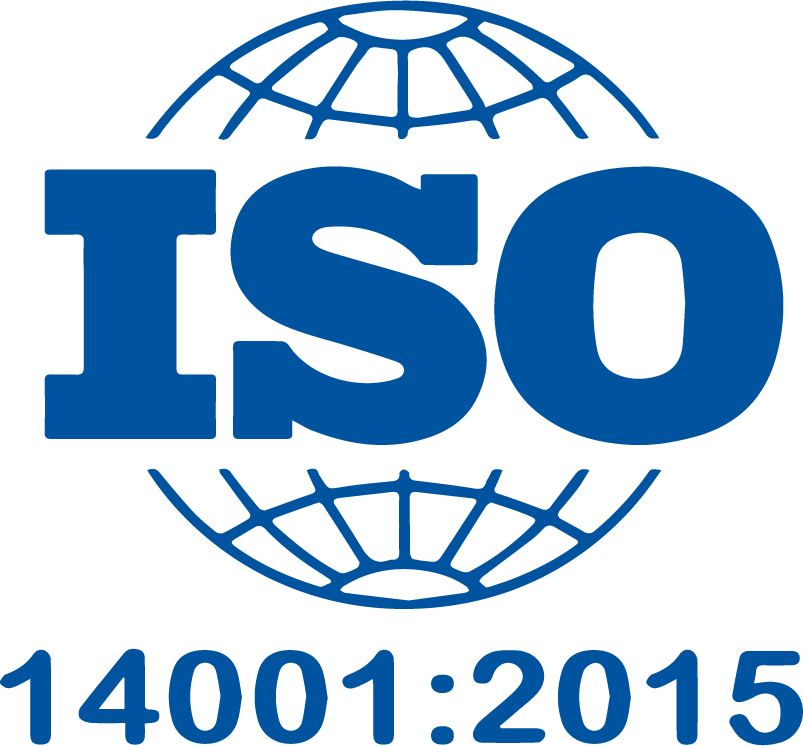The European Taxonomy: a compass for Sustainability.
The European Taxonomy is one of the key tools introduced by the European Union to guide the transition to a sustainable economy. It is a true classification, as well as an integral part of the overall Green Deal strategy that aims to achieve climate neutrality by 2050 by fostering a transformation of the economic fabric toward greener, low-impact models.
In practice, Taxonomy provides precise criteria for defining what is truly “sustainable,” providing transparency for investors, reliability for businesses, and a better society for citizens. This tool helps guide investments in economic activities that meet sustainability goals in a timely manner, engaging the community in the journey towards a greener future and empowering stakeholders in their decisions, actions and management of the underlying processes.
How does the European Taxonomy work?
The European Taxonomy, also known as the “green list,” establishes six key environmental goals:
-
climate change mitigation;
-
sustainable use of water and marine sources;
-
pollution prevention;
-
adaptation to climate change;
-
circular economy;
-
healthy ecosystems and biodiversity.
To be considered sustainable, an economic activity must contribute positively to at least one of these goals without, however, compromising the others. For example, a business that reduces greenhouse gas emissions by planting trees cannot afford to waste water or fail to recycle, otherwise it would risk damaging goals related to water resource protection and circularity. Underlying this is an approach that is not limited to emissions reductions alone, but embraces a modus operandi aimed at ensuring future generations a planet that respects available resources, in which global economies align toward the pursuit of increasingly responsible and sustainable profit standards.
The importance to the industry of Project & Construction Management.
In the field of Project & Construction Management, the application of the European Taxonomy is particularly relevant: every activity, from the design to the management of the building, has a significant impact on the climate and the environment, which is why companies must carefully consider the consequences of their choices. They need to focus as much as possible on sustainable solutions regarding their own and the entire supply chain’s energy consumption, materials and transportation used. This commitment must translate into the adoption of practices such as using recycled and recyclable materials, reducing waste and promoting renewable energy. In this way, the sector can make a decisive contribution to the transition to a green economy, reducing carbon emissions and countering greenwashing. The goals of the European Green Deal, of which the European Taxonomy, let us recall, is a rib, include a number of action strategies that affect all sectors of the economy. One example is the goal of improving theenergy efficiency of buildings and promoting their renovation in order to reduce energy consumption accordingly and improve sustainability.
SFS and SFSE’s commitment to sustainability.
At SFS and SFSE, we firmly believe that sustainability is the key to building the future of real estate and logistics. It is not just about complying with regulations such as the European Taxonomy, but about focusing on a new design approach that puts respect for the environment and people at the center of every decision. Our commitment is to design and build properties that have the least possible impact on the land, adopting state-of-the-art technological solutions and focusing on reducing carbon emissions through the use of renewable energy sources-such as photovoltaic systems, solar thermal energy systems, and green hydrogen. This approach that is taken by our teams aims to establish a constructive dialogue with the various stakeholders involved in our projects:
-
we attract clients who are increasingly careful to rely on experts who can guarantee sustainable outcomes for their investments;
-
we collaborate with partners who share our vision of a greener future and a sustainable business model;
-
we cooperate in synergy with institutions to integrate ESG criteria at all stages of the design, construction and management of our properties.
In doing so, we not only align ourselves with the requirements of the European Taxonomy, but we are at the forefront of promoting positive change for the real estate and logistics sector. We believe that sustainability is not a forced choice in the most “boring” sense of the word, but we trust that it will be seen as an opportunity to contribute to responsible economic growth and common welfare.










